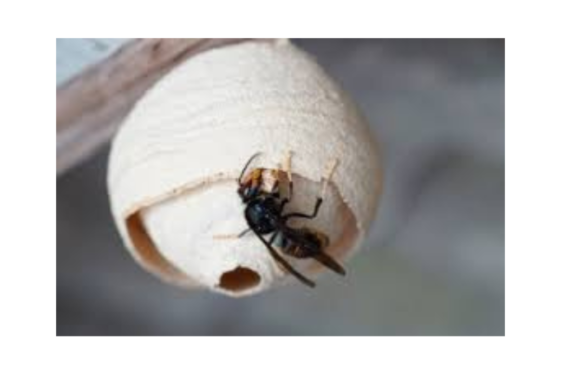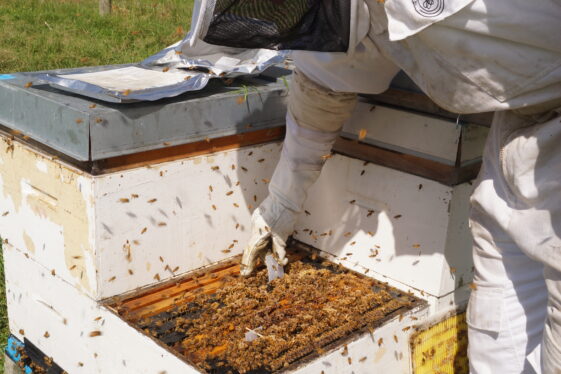Spring Feeding: MegaBee Protein Supplement
A Note From MegaBee’s Creator, Dr. Gordon Wardell, On Spring Feeding:
Spring is a delicate time of year for colony survival and development. Rebuilding the population after winter is a crucial process due to the fact that winter bees are constantly getting older and there are few new bees coming into the population until resources become available. Simply put, feeding MegaBee in the spring can extend longevity of surviving winter bees and help provide nutrition for the next generation of bees coming into the spring.
Beekeeping should be anticipatory not reactionary. If you rely on available forage in the spring you are at the mercy of the environmental conditions and local available forage. If natural resources do not come in as expected you will be forced to react to the shortfall in available pollen or nectar, and you can potentially set your bees back one or two brood cycles (21 to 42 days). This means your hives are using their valuable nectar flow to build the brood population, and building that requires consistent pollen/protein resources. Supplementing with MegaBee assures that your colonies have all the resources necessary to build and continue to build healthy young bees.
In the spring, bees also need a good supply of carbohydrates to maintain brood nest temperature. MegaBee can help in this regard as well with a few simple tricks. When making up patties you can double or even quadruple sugar in the patties to help provide carbs that the bees need to heat the brood nest and it will provide protein at the same time. Remember once you start feeding in the spring you should continue to feed the bees until adequate nectar and pollen resources are available or you begin to approach population goals.
The main reasons to feed in the Spring are as follows:
- After the winter brood shut down, feeding MegaBee helps stimulate royal jelly (brood food) production.
- Spring conditions may not allow bees to fly every day and collect pollen and nectar, adding MegaBee assures consistent availability of protein for the developing brood population.
- It helps extend the life of the older winter bees. In a honey bee colony protein equals longevity for all bees.
- It helps extend the life of bees that have been attacked by Varroa during winter cluster.
- The small particle size of MegaBee insures that it is more easily digested and absorbed. This is particularly important for bees affected by gut issues; added protein can help extend their lives.
- Because MegaBee provides consistently available protein to the colony it allows the bees to store more of the incoming pollen. This will help the bees bridge future short falls of pollen availability.
- MegaBee increases royal jelly production that is shared with all bees in the hive and improves colony health and longevity. Even the field foragers who typically don’t eat pollen once they begin field duties benefit from the abundance of royal jelly in the hive.
- Well fed larvae develop into larger healthier adults who in turn will live longer.
- Feeding with MegaBee in the spring takes the guesswork out of knowing if your colonies have proper fall nutrition or not.
- MegaBee is a tool that can be used to help get your colonies to peak population just when honey flows or pollination events are expected.
Questions? Reach out to the NZB Team by phone or email.





